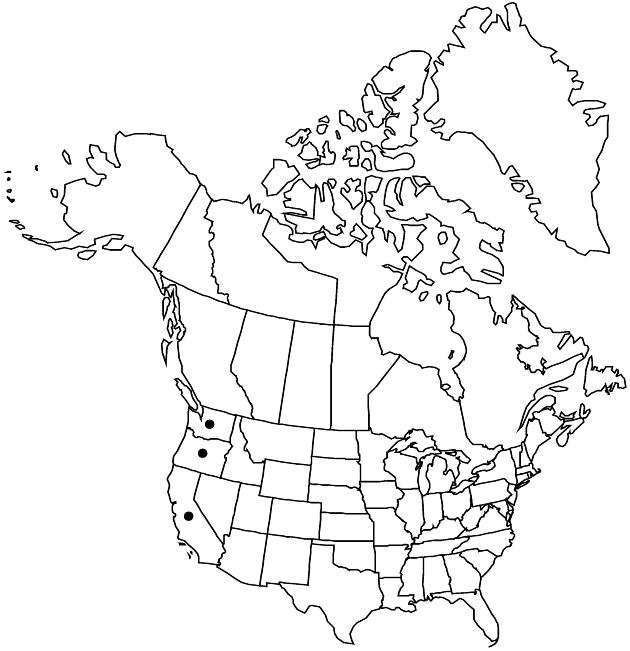Difference between revisions of "Sericocarpus oregonensis subsp. oregonensis"
Endemic
Treatment appears in FNA Volume 20. Treatment on page 104.
imported>Volume Importer |
imported>Volume Importer |
||
| Line 46: | Line 46: | ||
|publication year= | |publication year= | ||
|special status=Endemic | |special status=Endemic | ||
| − | |source xml=https:// | + | |source xml=https://bitbucket.org/aafc-mbb/fna-data-curation/src/2e0870ddd59836b60bcf96646a41e87ea5a5943a/coarse_grained_fna_xml/V19-20-21/V20_203.xml |
|tribe=Asteraceae tribe Astereae | |tribe=Asteraceae tribe Astereae | ||
|genus=Sericocarpus | |genus=Sericocarpus | ||
Latest revision as of 20:01, 5 November 2020
Stems and leaves sparsely hairy. 2n = 18.
Phenology: Flowering mid summer–early fall.
Habitat: Dry to moist sandy to rocky soils in open areas in oak and pine woods, brushlands, roadsides, disturbed habitats
Elevation: 100–1800 m
Distribution

Calif., Oreg., Wash.
Discussion
Subspecies oregonensis grows in the coast ranges from northern California to Washington.
Selected References
None.
Lower Taxa
None.
... more about "Sericocarpus oregonensis subsp. oregonensis"